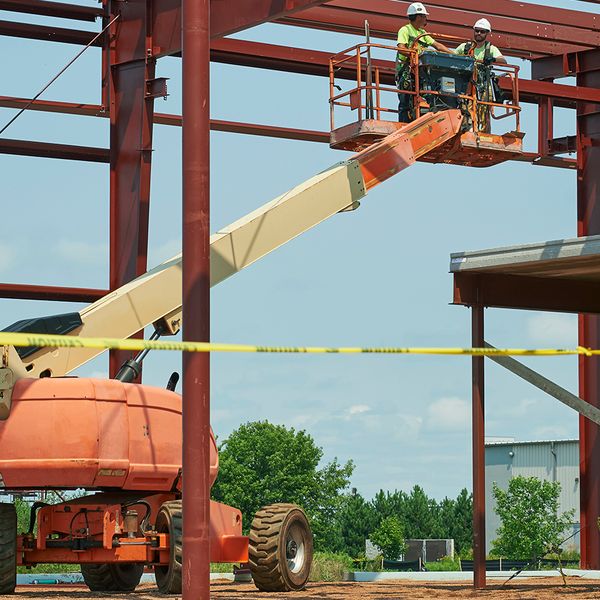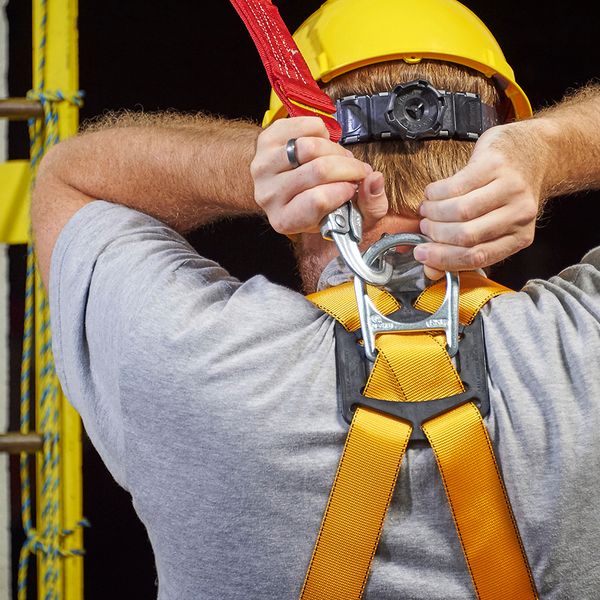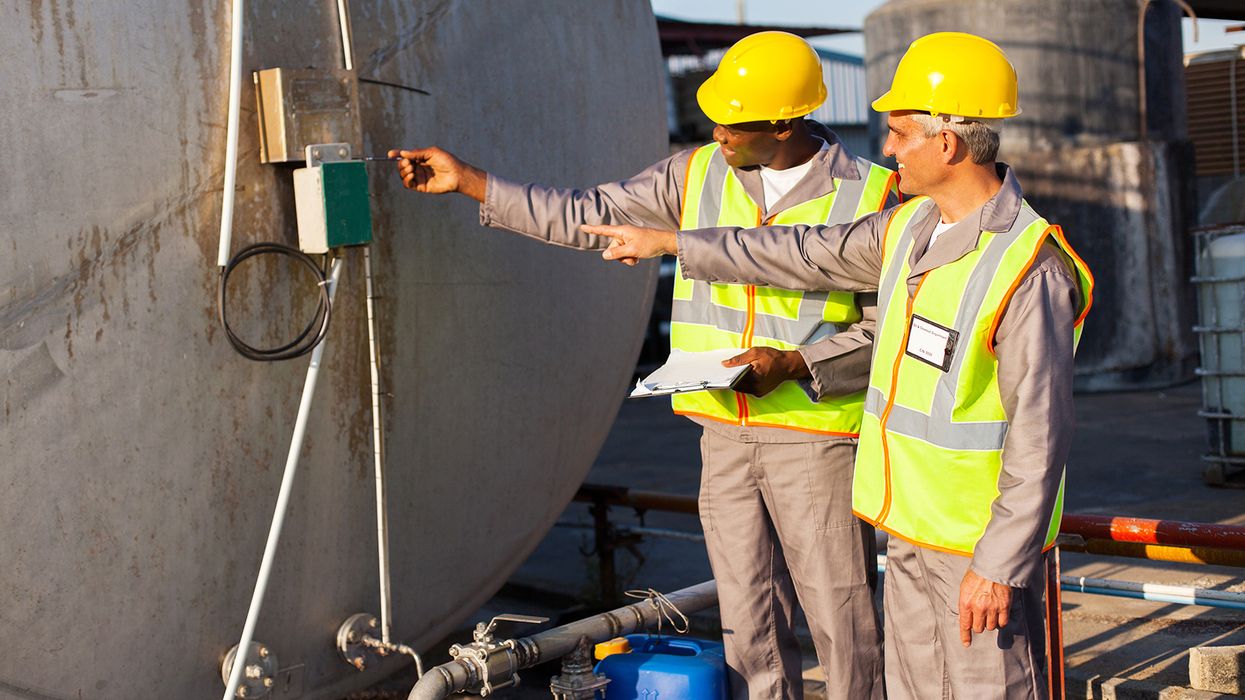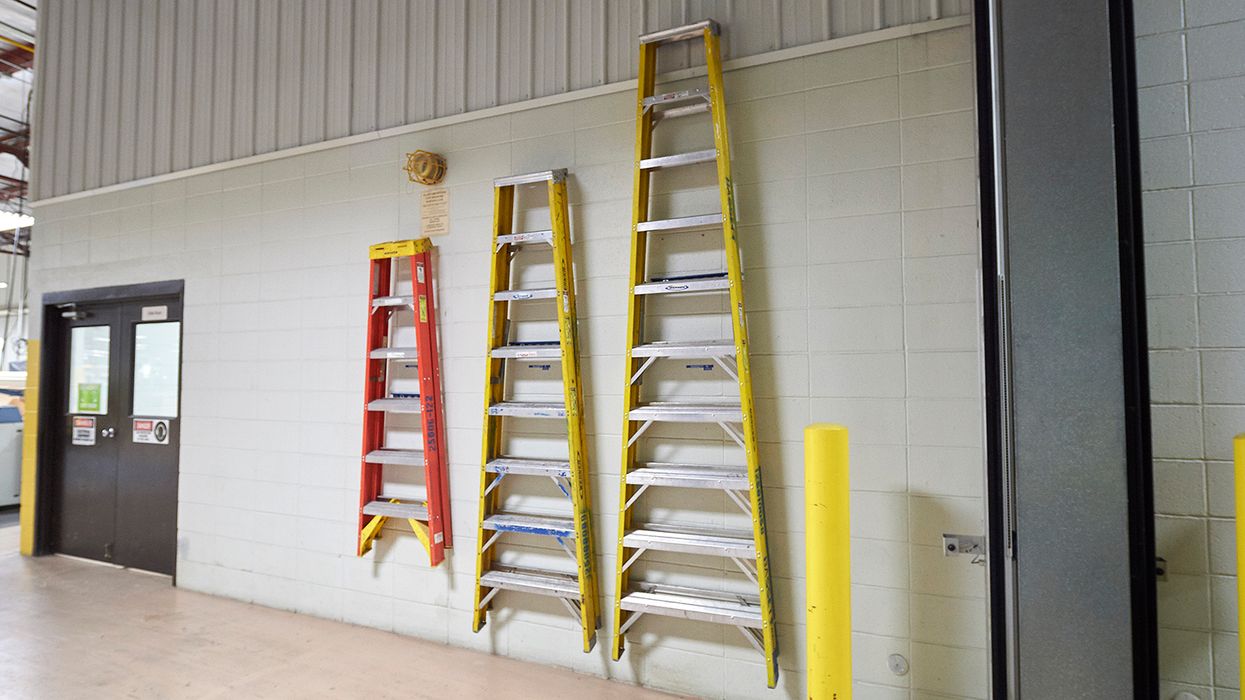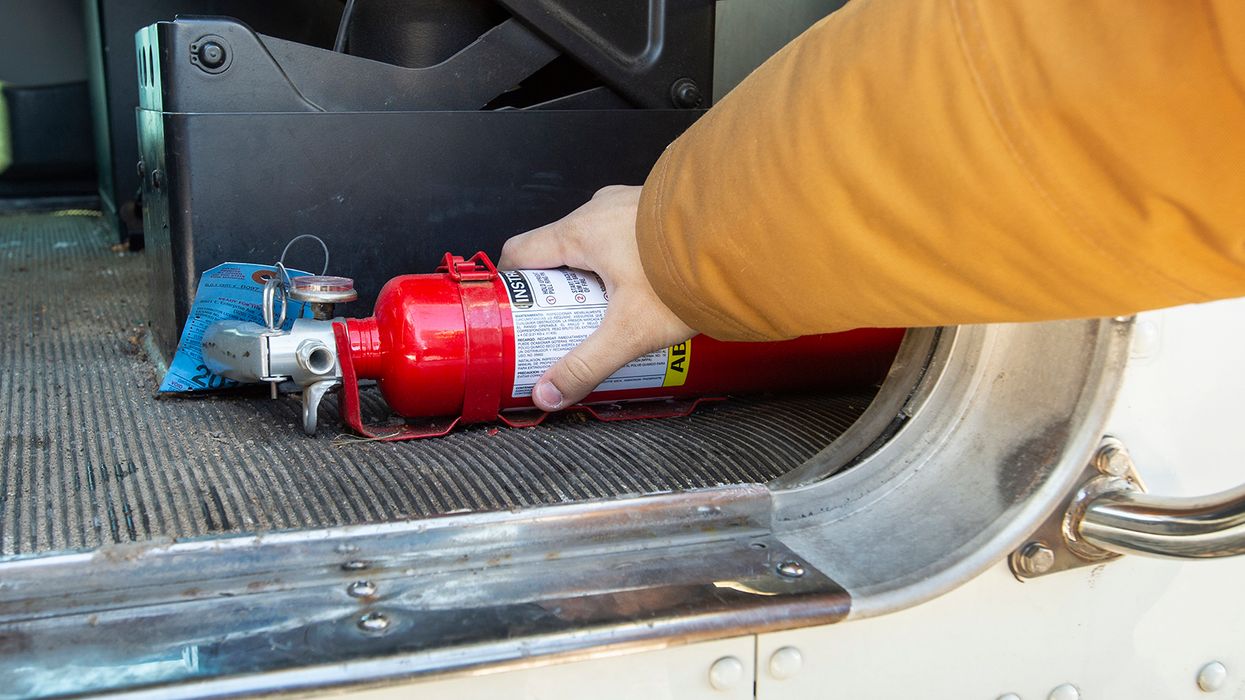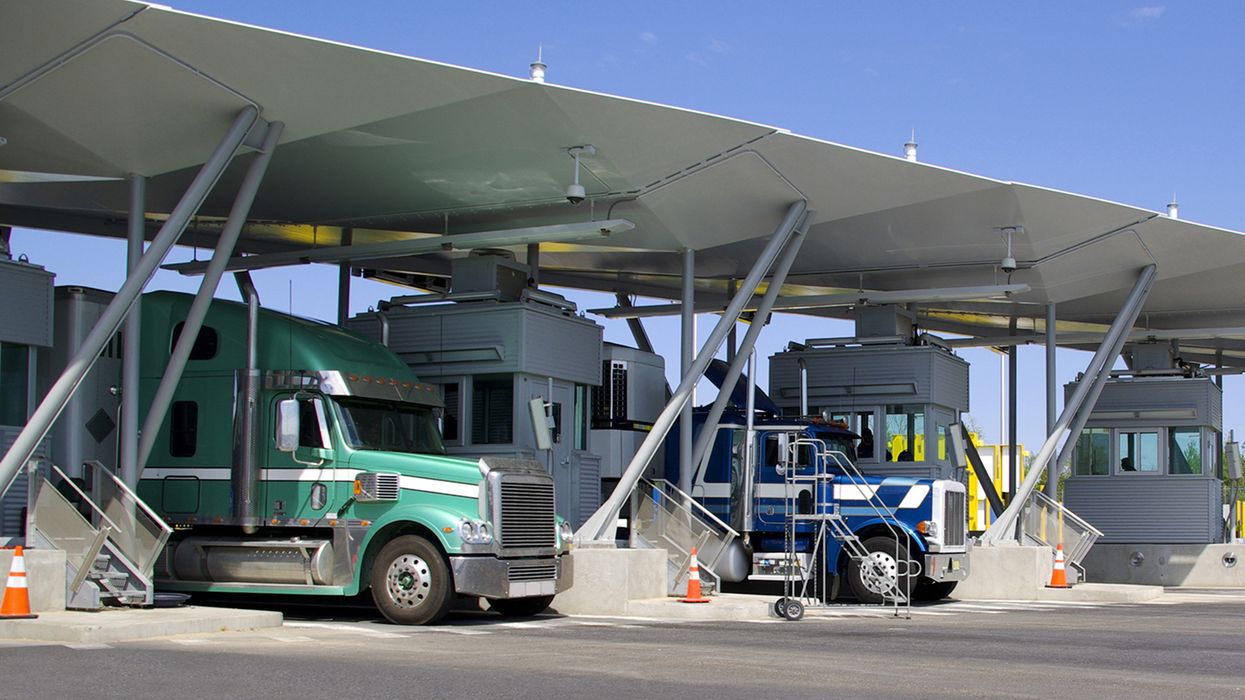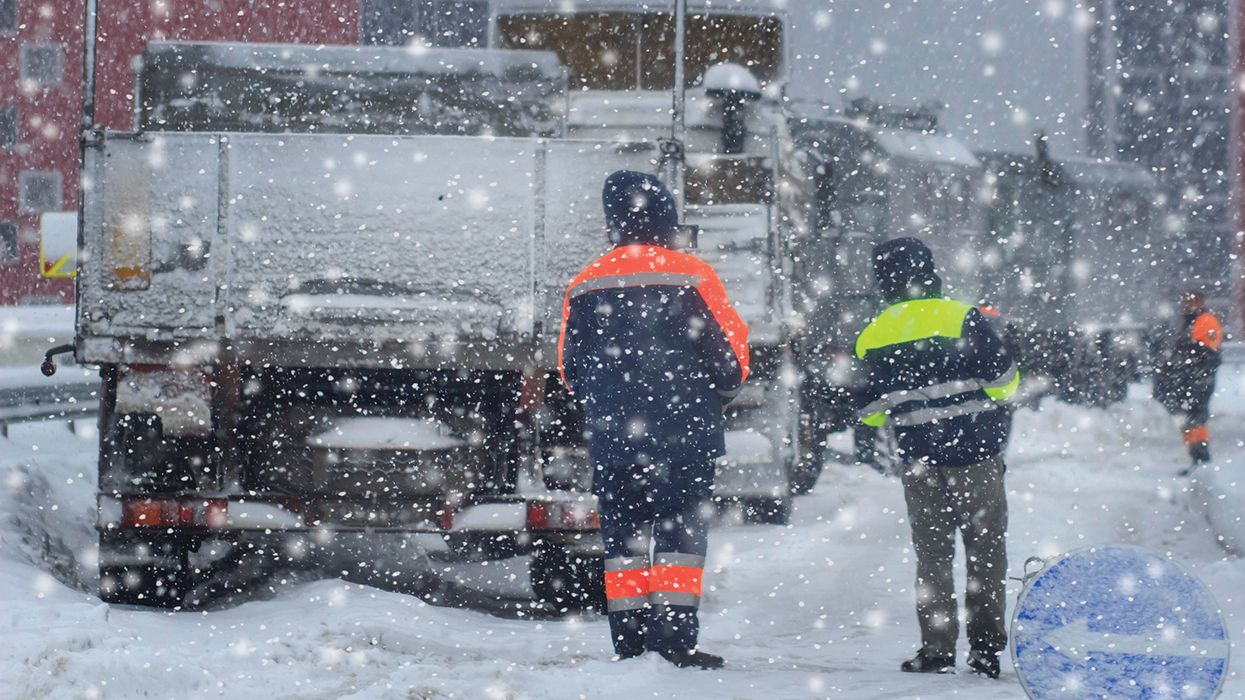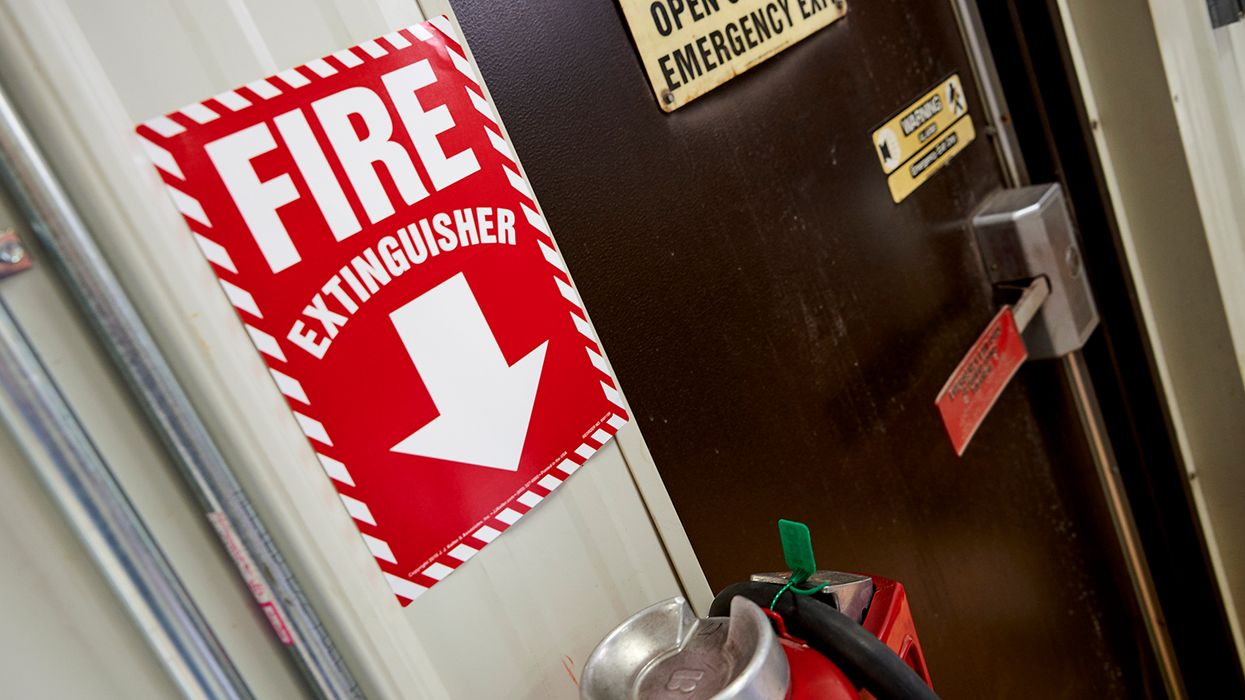Aerial lifts versus scissor lifts — what fall protection is needed?
Do you have aerial lifts or scissor lifts, or both? It’s not surprising if you do, since they make work tasks so much easier. However, there’s one safety issue to consider — falls from the lift. Looking at OSHA requirements for protecting employees from falls, we see they are different for aerial and scissor lifts.
Aerial lifts
OSHA regulates aerial lifts at 29 CFR 1910.67 for general industry facilities and at 1926.453 for construction. Aerial lifts operate differently (the basket moves diagonally rather than just vertically like a scissor lift), so OSHA feels there’s a greater chance of a worker falling out. Hence, the requirement for the use of personal fall protection when in the basket.
General industry’s regulation (1910.67(c)(1)(v) is very clear and states, “A personal fall arrest or travel restraint system that meets the requirements in subpart I of this part shall be worn and attached to the boom or basket when working from an aerial lift.”
Construction’s regulation (1926.453(b)(1)(v) isn’t as clear, stating, “A body belt shall be worn, and a lanyard attached to the boom or basket when working from an aerial lift.” But there’s a note to read: “As of January 1, 1998, subpart M of this part … provides that body belts are not acceptable as part of a personal fall arrest system. The use of a body belt in a tethering system or a restraint system is acceptable.”
As a best practice, most companies provide only a fall protection harness to employees and not a body belt. This takes away the chance a worker could wear the body belt when they shouldn’t.
Scissor lifts
Scissor lifts are considered mobile scaffolds and are only regulated in the construction standard at 1926.452(w). However, the requirement for fall protection in a scissor lift is addressed at 1926.451(g)(1)(vii) and it calls for either standard guardrails or the use of a personal fall arrest system (PFAS).
Considering every scissor lift I’ve seen came equipped with standard manufacturer’s guardrails, OSHA doesn’t require a PFAS (harness, lanyard, and tie off) to be used. However, many employers still require workers to wear one and tie off. That way, there’s no chance they’ll forget to put one on when using an aerial lift. Employees will know anytime they use a scissor or aerial lift, they need to wear their fall protection harness and tie off to an approved anchor point.
| Interested in more information on fall protection requirements? See our ezExplanation on Fall protection for construction activities. |
Action items
Look at your company’s policy for the use of PFAS systems when operating an aerial or scissor lift. Do you require a harness, lanyard, and tie off routine to be used in both lifts? If not, maybe you should. It’ll be less confusing to employees, since they know to don their harness and tie off anytime they use a lift.
Keys to remember
Falls from aerial and scissor lifts are a concern. That’s why many employers require workers using these lifts to where a fall protection harness and use a lanyard to tie off to an approved anchor point.





